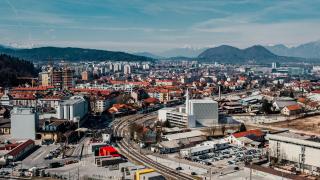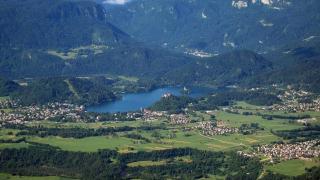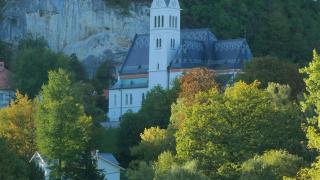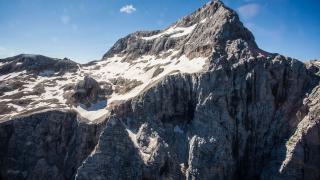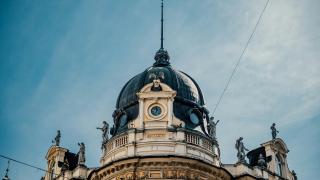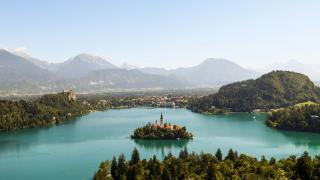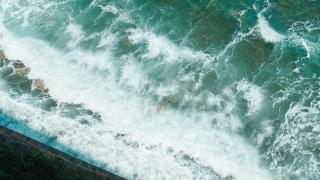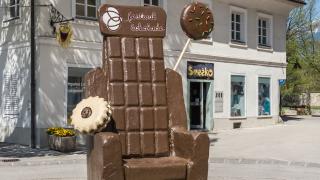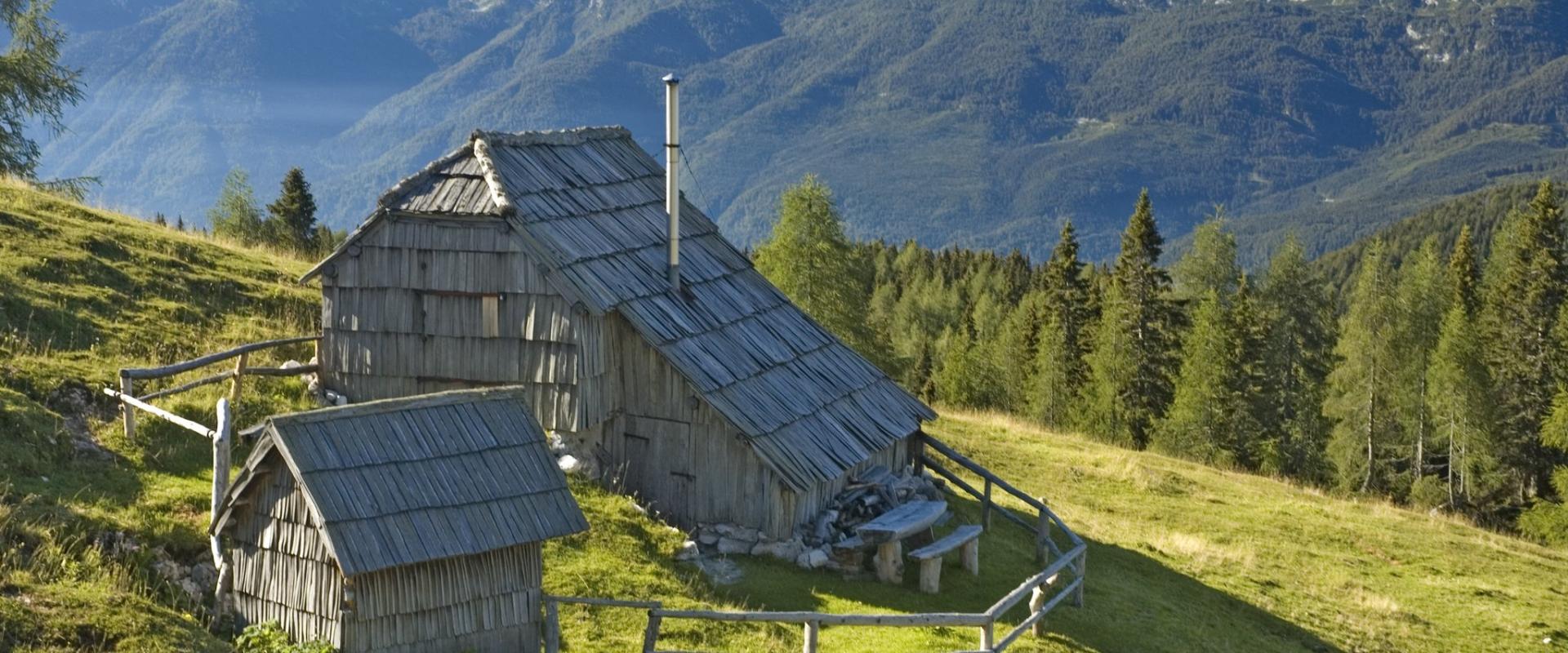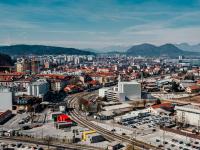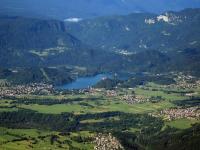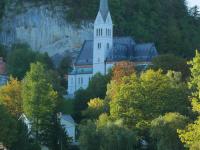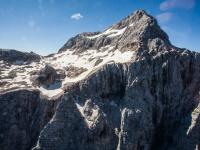Slovenia’s Cultural Mosaic
Slovenia’s culture blends Alpine, Mediterranean, and Pannonian traditions. In Ljubljana, the Prešeren Square hosts open-air concerts year-round. The city’s Central Market, designed by Jože Plečnik, is a daily hub for local produce and crafts. In Piran, Venetian architecture and Italian language reflect coastal influences. Maribor’s Lent Festival in June features folk music and dance. Ptuj’s Kurentovanje, held in February, showcases ancient Slavic carnival customs. Entry to most museums, like the National Gallery, costs €8–€10. Local restaurants serve potica and jota, traditional Slovenian dishes, for €5–€15. Slovene is the main language, but Italian and Hungarian are spoken in border regions. Many Slovenians speak English or German. Catholic churches and Orthodox icons are common in towns and villages. Distances are short: Ljubljana to Bled is 55 km, a one-hour drive. Travelers can visit multiple cultural sites in a single day. Folk art, lace-making in Idrija, and wine cellars in Vipava Valley are accessible year-round. Cultural experiences are central to daily Slovenian life.
Festivals & Local Traditions
Kurentovanje takes place in Ptuj each February. Costumed Kurents parade to chase away winter. Entry is free. Ljubljana Festival runs June to September. It features classical music, opera, and ballet in city venues. Tickets start at €10. Lent Festival in Maribor, held late June to early July, offers concerts, street theatre, and dance. Most outdoor events are free. St. Martin’s Day (Martinovanje) is celebrated nationwide on November 11. Towns like Maribor and Ptuj host wine tastings and feasts. Expect local wines and roast goose. Beekeeping is a national tradition. Visit the Slovenian Beekeeping Centre in Brdo pri Lukovici. Entry costs €5. Folk music and costumes are seen at village festivals, especially in Gorenjska and Prekmurje. Look for accordion performances and traditional dress. Regional diversity is strong. Alpine regions favor polka and lacework, while the coast features Istrian dances. Visitor tips: Dress modestly at rural events. Ask before taking photos of performers. Most festivals last several days. Check local tourism websites for dates. Authentic experiences are found in smaller towns and villages. Public transport connects major festival sites. Many events are family-friendly. Local food stalls offer specialties for €3–€8. Participation is encouraged, especially during parades and tastings.
Tastes of Tradition
Potica is a rolled walnut cake served at holidays. Štruklji are boiled or baked dumplings, often filled with cottage cheese. Jota is a hearty stew from Primorska, made with sauerkraut, beans, and potatoes. Local wines include Cviček from Dolenjska and Rebula from Goriška Brda. Slovenian cuisine uses seasonal, local ingredients. Wild mushrooms, chestnuts, and forest berries are common in autumn. Spring brings wild garlic and asparagus. Gostilnas are traditional inns. They serve set lunches for €8–€15. Ljubljana Central Market offers fresh produce and local cheeses daily except Sundays. Maribor’s Lent Market operates from March to October. Agritourism farms like those in the Vipava Valley offer homemade meals and wine tastings. Prices start at €15 per person. Cooking classes in Ljubljana last 2–3 hours and cost €50–€70. Participants learn to prepare potica or žlikrofi (Idrija dumplings). Wine tastings in Brda or Ptuj feature 5–7 local wines. Prices range from €15–€30. Most experiences are available year-round, but autumn is peak harvest season. Advance booking is recommended for workshops and tastings.
Crafts, Art, and Living Heritage
Idrija lace is handmade in Idrija. Lace workshops run daily. Entry: €5–€10. Finished lace is sold at the Idrija Lace School shop.
Ribnica is known for woodenware (suha roba). Visit the Ribnica Handicraft Centre. Demonstrations and workshops are available. Prices for small items start at €3.
Pottery from the village of Filovci uses traditional Prekmurje techniques. Filovci Pottery Village offers guided tours and hands-on sessions. Sessions last 1–2 hours.
Lectarstvo (honeybread) is made in Radovljica. The Lectar Museum offers decorating workshops. Cost: €8 per person.
Local crafts are sold at Ljubljana’s Central Market and Maribor’s Art Market (Saturdays, April–October).
Ljubljana’s Metelkova district features street art and contemporary galleries. The Museum of Modern Art (MG+MSUM) hosts Slovenian and international exhibitions. Entry: €7.
Maribor’s UGM (Umetnostna galerija Maribor) focuses on Slovenian contemporary art. Guided tours run weekly.
Travelers can meet artists at open studios during the annual Artish festival in Ljubljana (May, free entry).
Workshops, museum visits, and artisan villages offer direct engagement with Slovenia’s living heritage year-round.
Ptuj is Slovenia’s oldest town. Visit the medieval castle and Roman-era Orpheus Monument. Entry: €6. Town center accessible by bus from Maribor (30 minutes).
Škofja Loka features preserved Gothic and Renaissance architecture. The Loka Castle houses a regional museum. Entry: €5. Buses run from Ljubljana hourly (40 minutes).
Piran sits on the Adriatic coast. Explore Venetian-style squares and the Tartini House, birthplace of violinist Giuseppe Tartini. Entry: €4. Reach Piran by bus from Koper (1 hour).
Koper has a medieval old town and Praetorian Palace. Guided walking tours cost €10–€15. Trains and buses connect Koper to Ljubljana (2 hours).
UNESCO-listed Škocjan Caves are culturally significant for prehistoric settlements. Guided tours: €24, 2 hours. Access by car or bus from Divača.
Rural villages like Stanjel and Štanjel offer stone houses and dry-stone walls. Local homestays provide insight into customs. Prices from €30/night.
Self-drive is common for remote sites. Car rentals start at €35/day. Local buses serve most towns. Guided day tours depart from Ljubljana and Maribor.
Language basics: Slovene is the official language. Useful phrases: Dober dan (hello), Hvala (thank you), Prosim (please). English is widely spoken in Ljubljana, Bled, and tourist areas. Italian is co-official in Primorska; Hungarian in Prekmurje. German is common in the northeast.
Cultural etiquette: Slovenians greet with a handshake. Use formal address (gospod, gospa) with elders. Remove shoes when entering homes. In churches, cover shoulders and knees. Quiet behavior is expected in sacred spaces. Casual dress is common, but avoid beachwear in city centers.
Accessibility: Most museums in Ljubljana and Maribor are wheelchair accessible. Public buses have low-floor access. Vegetarian and vegan dishes are available in most restaurants; look for veganski meni. Gluten-free options are marked on menus.
Local experiences: Join a kulinaricna tura (food tour) in Ljubljana. Cost: €35–€50, duration: 2–3 hours. Guided tours in Piran or Škofja Loka offer insight into local customs. Booking through tourist offices ensures licensed guides.
